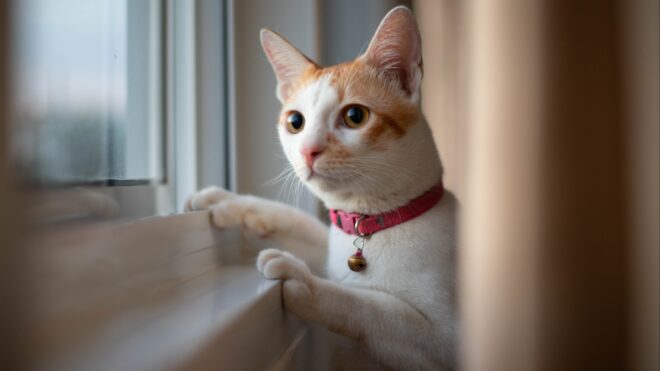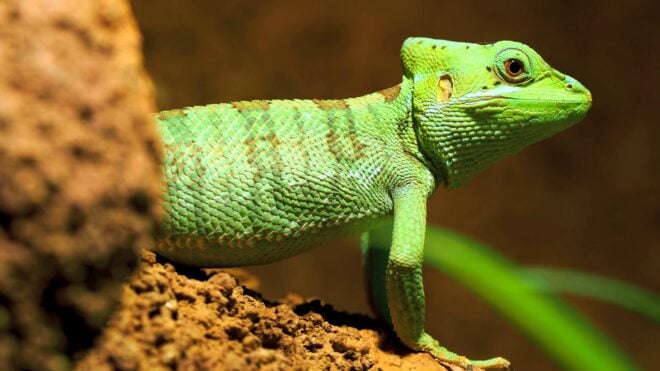
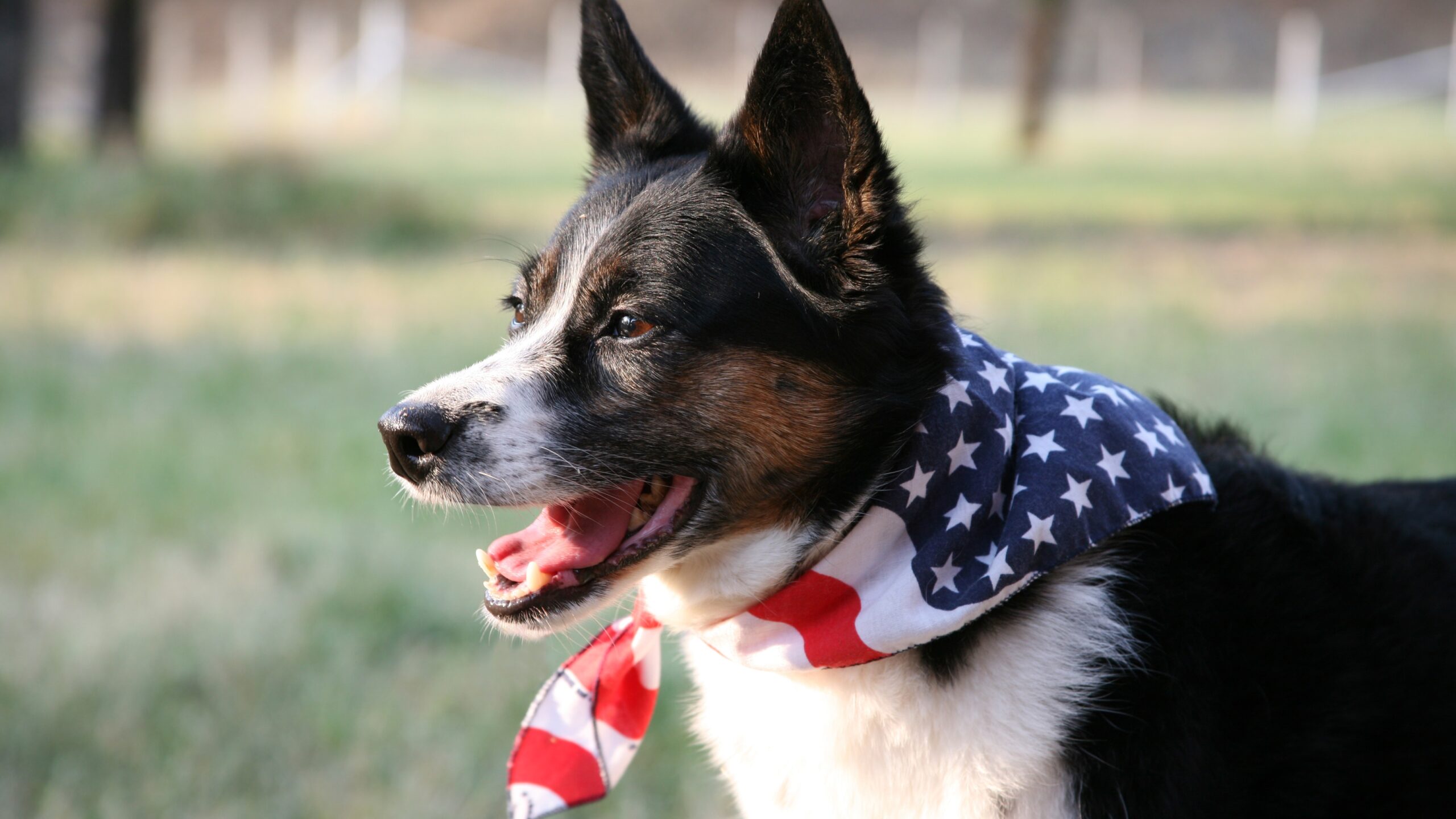
Fireworks ignite fear and anxiety in dogs, making the holiday one of the most concerning for pet owners. According to a study published in Applied Animal Behaviour Science, about 45% of dogs have a fireworks phobia. That’s over 40 million dogs, plus 23 million cats – including new pets who, due to COVID-postponed celebrations, may have never before experienced the explosion of fear and stress that fireworks can bring. But even more alarming for pet owners: Pet Amber Alert reports 30% more pets become lost between July 4 and 6 than any other time of year.
Besides keeping your dog safe and inside your house (don’t take them to fireworks), there are other preventative measures to help your pet through the holiday weekend.
More from LittleThings: The No. 1 Pet-Friendly Hotel In Northern California Has So Much To Offer Visitors
LittleThings spoke with Mikkel Becker, a certified trainer, dog behavior counselor, and the lead animal trainer for Fear Free, who shared the following insight:
1. Put your pet in a compression garment.

“Certain wearable garments offer your dog a degree of noninvasive comfort by offering a secure, snug, comforting ‘hug’ that has similar calming effects that might be seen in a squeeze shoot with cattle or the calming effect seen when swaddling a baby,” says Becker. “Options of wearable gear that offer gentle, constant pressure include the Thundershirt and Anxiety Wrap, as well as the Storm Defender, which has a special lining on a cape that can bring relief to your upset pooch. Another option for calming the pooch is Calmer Canine, a product that fits like a harness-type vest and has a structure above that looks like a halo that sits up above the dog’s head. Calmer Canine provides targeted, pulsed electromagnetic field signals that target areas of anxiety and inflammation in the brain using invisible signals that are sensation-free and are free from any known adverse effects.”
2. Use safe and approved noise reduction items in their ears.
“Other wearable items are those that decrease the dog’s exposure to scary sounds that incite their panicked response,” notes Becker. “These items are important to supervise the pet when wearing to reduce risk of potential choking or getting caught up on something. One easy option is to use cotton balls that are placed temporarily in the ears as if taking a bath, doing so during the noise event — such as night of fireworks — and taking out after. Or other noise reduction options also exist, including Happy Hoodie, Mutt Muffs, and Ear Pro by Rex Specs that minimize animal exposure to sounds in a way that earplugs or ear protection muffs would for people.”
3. Create a fear-free fortress.
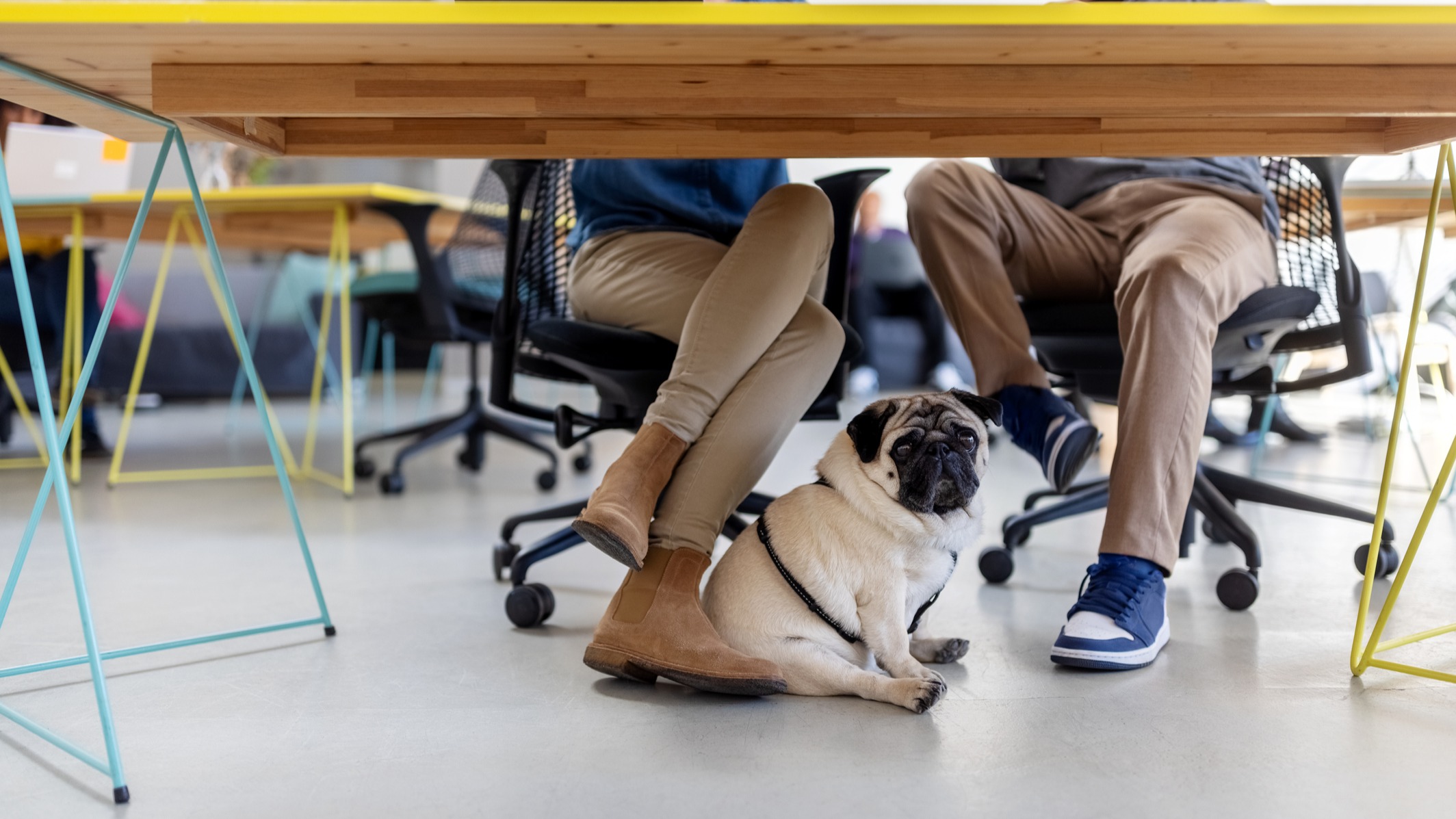
“Offering your dog a fear-free fortress to rest and relax in, both during times of calm and for times of stress, like scary sound events, offers the pet a coping technique for keeping themselves calm and contentedly distracted during times of stress, like thunderstorms and fireworks events,” suggests Becker.
“The dog can be encouraged to go into this area by doing enjoyable activities in this area, from offering a trail of treats for the dog to follow inside to snuggling up with the dog in this area if they enjoy attention and petting to playing a fun game with the dog while in this space.”

“Remember, if the dog is panicked and afraid, it’s important to allow the dog to retreat and hide if that’s what they’re doing to cope with the situation and to feel safe,” Becker advises. “In other words, allowing the pet to hide in their fear-free fortress area, or other area if safe to do so, such as under the bed, is important, as dogs may be in a blind panic when overly stressed and may bite in self-defense if suddenly surprised or forcibly moved in this stressed-out state.
“Also, be aware that dogs may panic and try to flee and run away when stressed. As such, always keep dogs inside and supervised during noise events, avoiding taking the dog outside when possible — such as getting walks and potty opportunities done before the noise event when possible, not leaving the dog out in the yard, and ensuring the dog is secured on leash if taken out for an emergency potty break, such as clipping the leash to both a harness and a collar — as can be clipped to both together, or clipped to each using either two leashes or a double-ended leash — or using a limited slip martingale collar that won’t let the dog easily back out and escape, as they may do when in the blind panic that may occur during a noise event.”
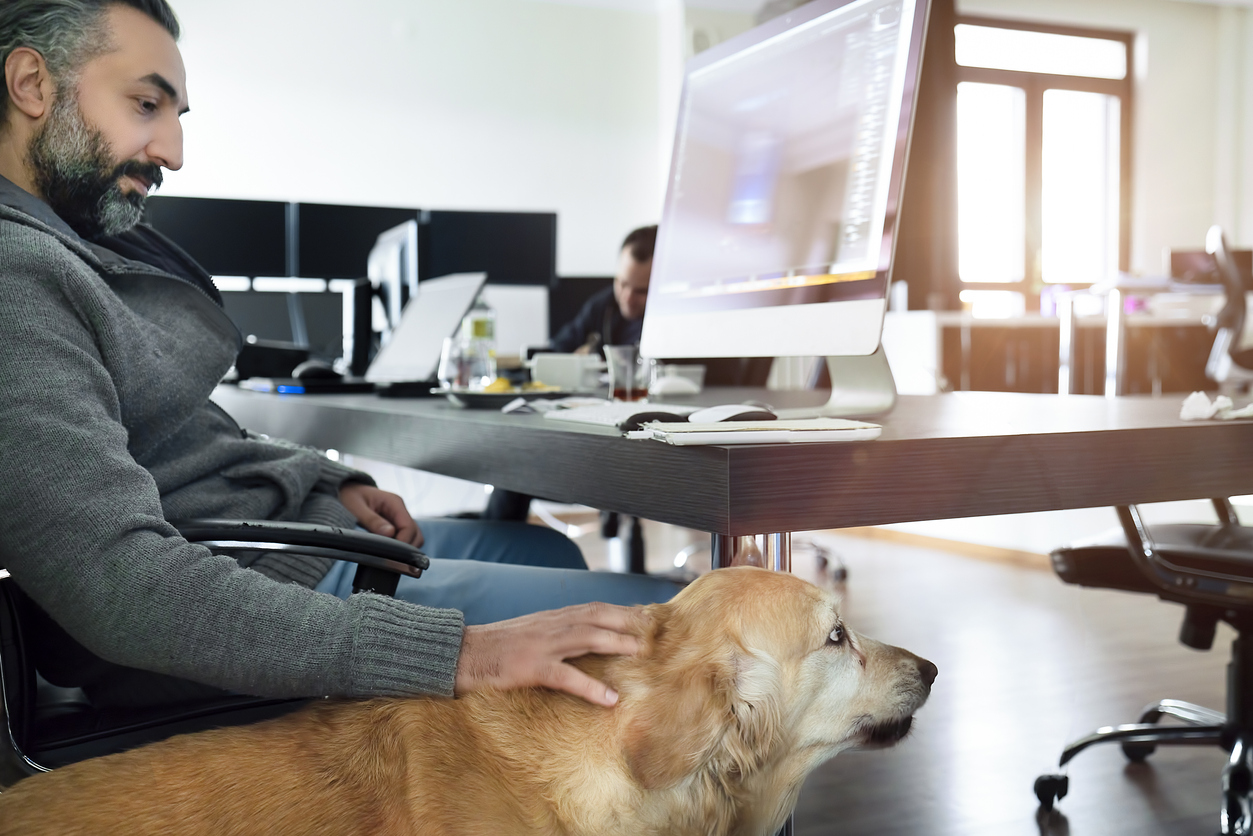
“It’s important to not force the dog to go or to stay in this space but to offer the option to go in and out as the dog pleases,” Becker says. “This is important, as the dog may panic all the more if they’re forcibly placed or trapped in an area, whereas retaining the ability to move about freely around the home can offer some reassurance to the pooch that reduces risk of further panic.
“Encourage the dog to go to their fear-free fortress by feeding in this area and regularly dropping in treats, toys, stuffed food puzzles, independent chews and comfortable bedding and water in this area to encourage the dog to regularly visit and spend time in their special area. This area may be a specific room the dog already seeks solace in, such as a bedroom or even open doored closet or bathroom that further buffers sounds and reduces visual exposure to potential triggers, like flashes of light that accompany scary sounds during fireworks or lightning events.”
4. Provide calming sounds.
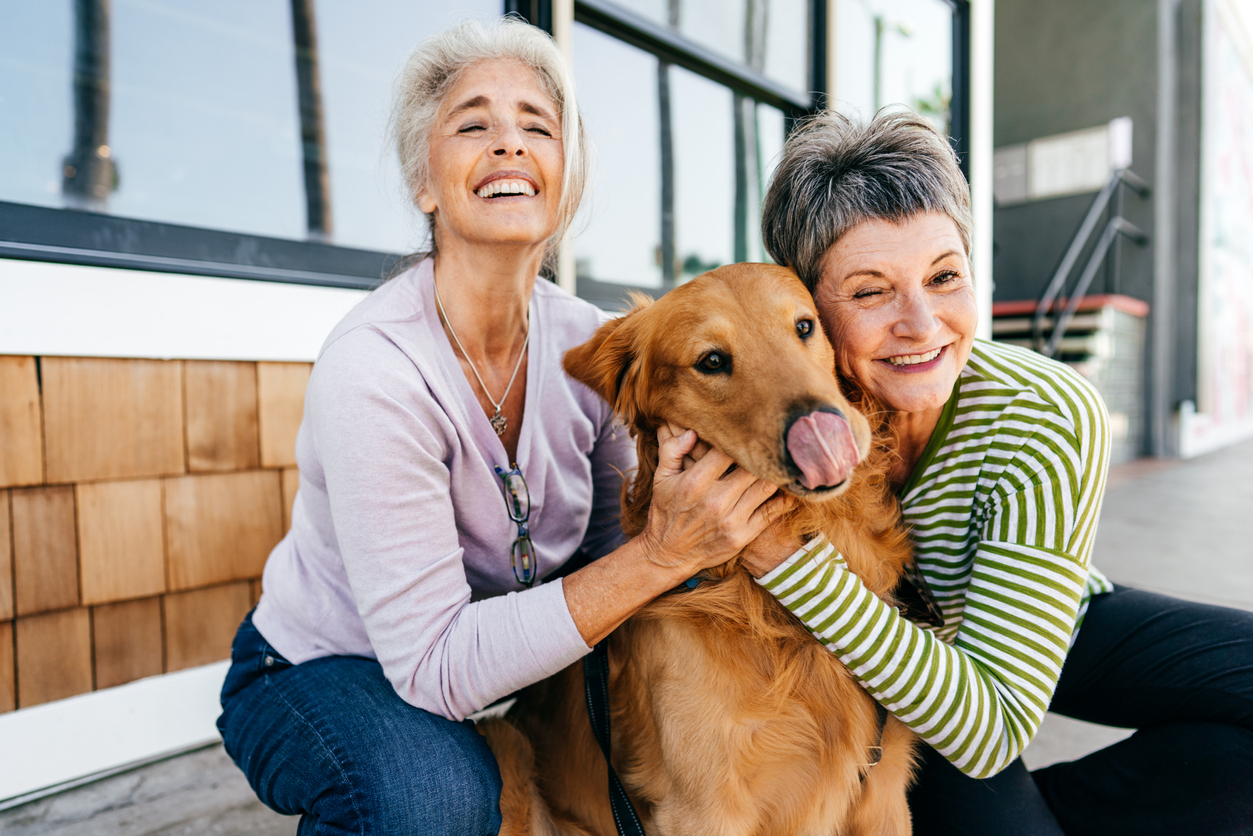
“Offering both soothing sounds and a neutral white noise is imperative for keeping pooches calm by minimizing scary sounds and imparting calming sounds for canines to hear instead,” shares Becker. “For instance, calming music includes species-specific music, classical music — choose those set at a soothing, calm tempo as would be used for studying — reggae and soft rock. Then, the white noise further fills the soundscape with calming noise that buffers some of the outside noise that comes in, especially during potential pauses or lull in the music.
“Another way to dampen the sounds the animal is exposed to is to offer a specific space for the pet to bunker down and hide or enjoy other happy entertainment that keeps the pet busily and happily employed, changing their focus away from the source of distress and towards a happy activity — like eating food out of a stuffed food puzzle or enjoying a favorite chew.”
5. Create a jolly routine in response to scary sounds.
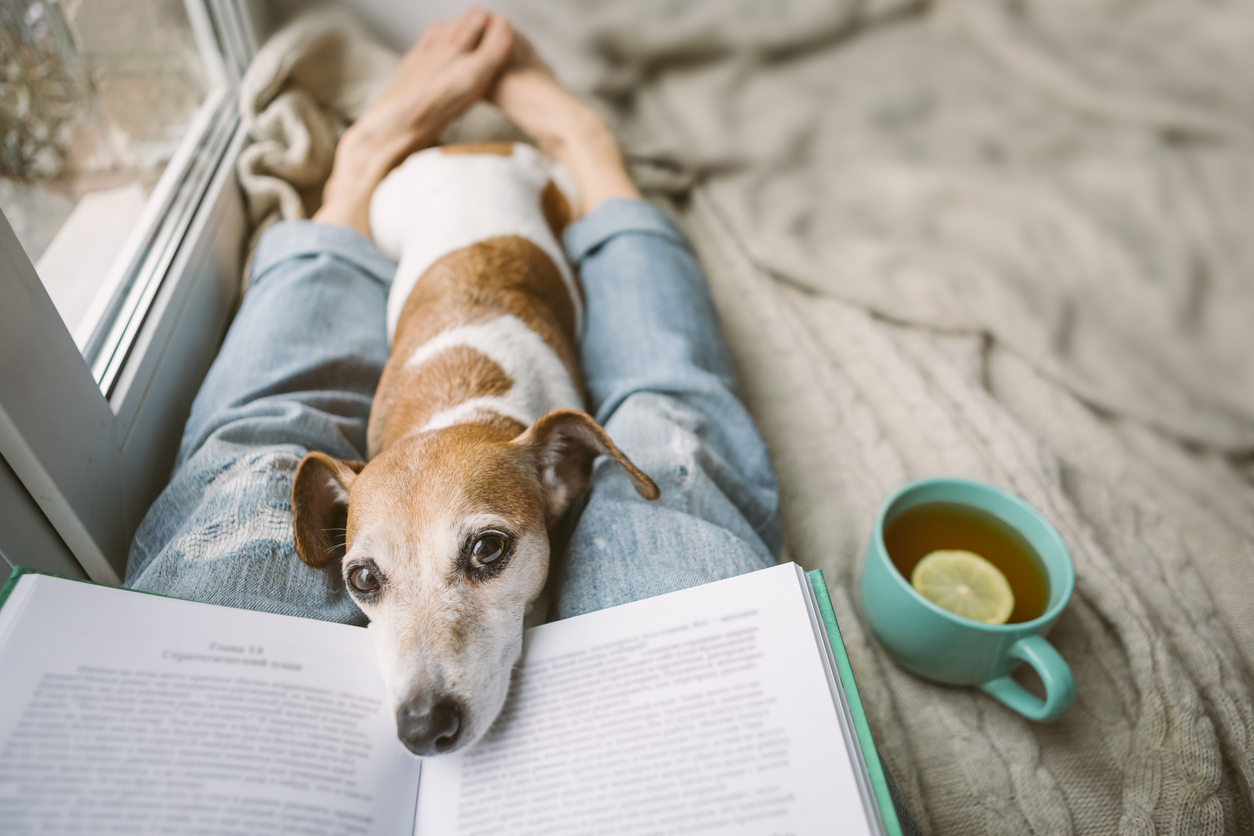
“This can be done far earlier, too, than the scary Fourth of July event. In fact, the earlier you can start, the better. Doing so with any sounds your dog may deem scary — vacuum, traffic, construction, thunder, appliance sounds,” advises Becker. “Oftentimes dogs that are afraid of one type of scary sound, like thunder, are also likely to be scared of other sudden, loud sounds, like gunshots and fireworks. As such, you can start your happy dance routine right now in response to scary sounds your dog is naturally exposed to. Think the backfiring car that passes by on a walk or garbage day and the crashing sounds that can provoke panic in sound-sensitive dogs exposed to the upsetting sounds from their house.”
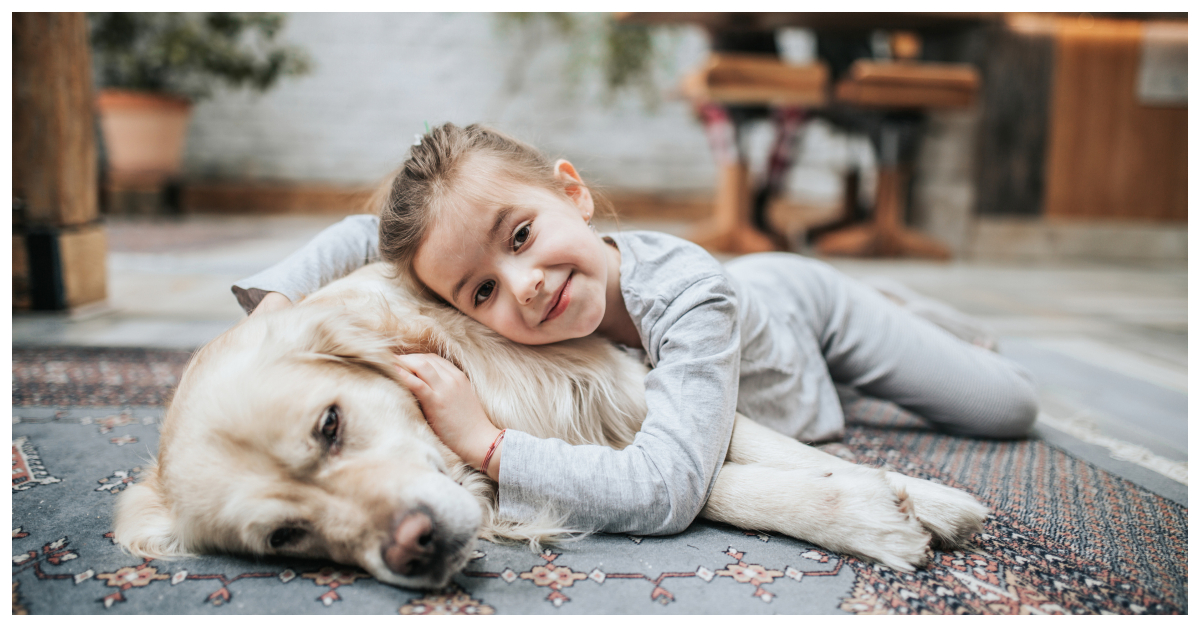
“In addition to naturally occurring sounds, you can also offer preparatory training that builds feel-good relaxation to the dog during a time of potential stress, such as with scary sounds,” adds Becker. “Ideally this is done by having a way to control the sounds, such as getting an audio recording of noise events or other scary sounds and playing this at a low-enough level that the dog notices but isn’t alarmed or showing signs of stress. This should be done in conjunction with a feel-good activity, like getting a favorite stuffed food puzzle, playing a favorite game, or engaging in reward-based training at the same time to pair the sounds with pleasurable consequences that will help to build a happy, relaxed emotional response. For instance, the sounds may be played at a low volume, starting even across the room or in another room if necessary to begin with, and increasing the volume and proximity to the dog overtime, moving closer with each meal, play session, or favorite chew given for instance.”

“Ensure the dog’s body posture is well-balanced, muscles relaxed, ears forward or only slightly set out to the side as may be natural when eating, for instance, and the tail held at a height that’s normal for the dog,” she explains. “At the same time, consider if the scary sound needs to be reduced to a more manageable level if the dog shows signs of distress in their body language, such as lowered or tucked tail, shaking, lowering of body posture, crouching or turning away from the sound, ears lowering close to the head, frequent lip licking, stress panting, whites of eyes showing, or dark/dilated pupils. Also, ensure that the pet is enjoying the pleasurable activity that’s paired with the sounds, such as readily eating from their stuffed Kong, enjoying the treats that are hand fed or tossed out for the dog to retrieve or search out with their nose, or staying engaged in a favorite game or remaining happily focused on a favorite food puzzle or chew.”
6. Discuss medication and supplement options with your vet ahead of time.

“The first ever FDA-approved medication to treat canine noise aversion is Sileo,” reports Becker. “Sileo comes as a gel that’s applied to the dog’s gums, usually takes about 30 minutes to take full effect, and lasts for two to three hours. Ideally, Sileo is given prior to the time when the dog is already in a full-blown panic to up the effectiveness of the medication by keeping the pet from going into a full-blown fight-or-flight-type survival mode. Other options to help your dog can include both pheromones and supplements.”
Taking precautions to keep your pet safe will ensure all members of your home have a safe and happy 4th of July.


